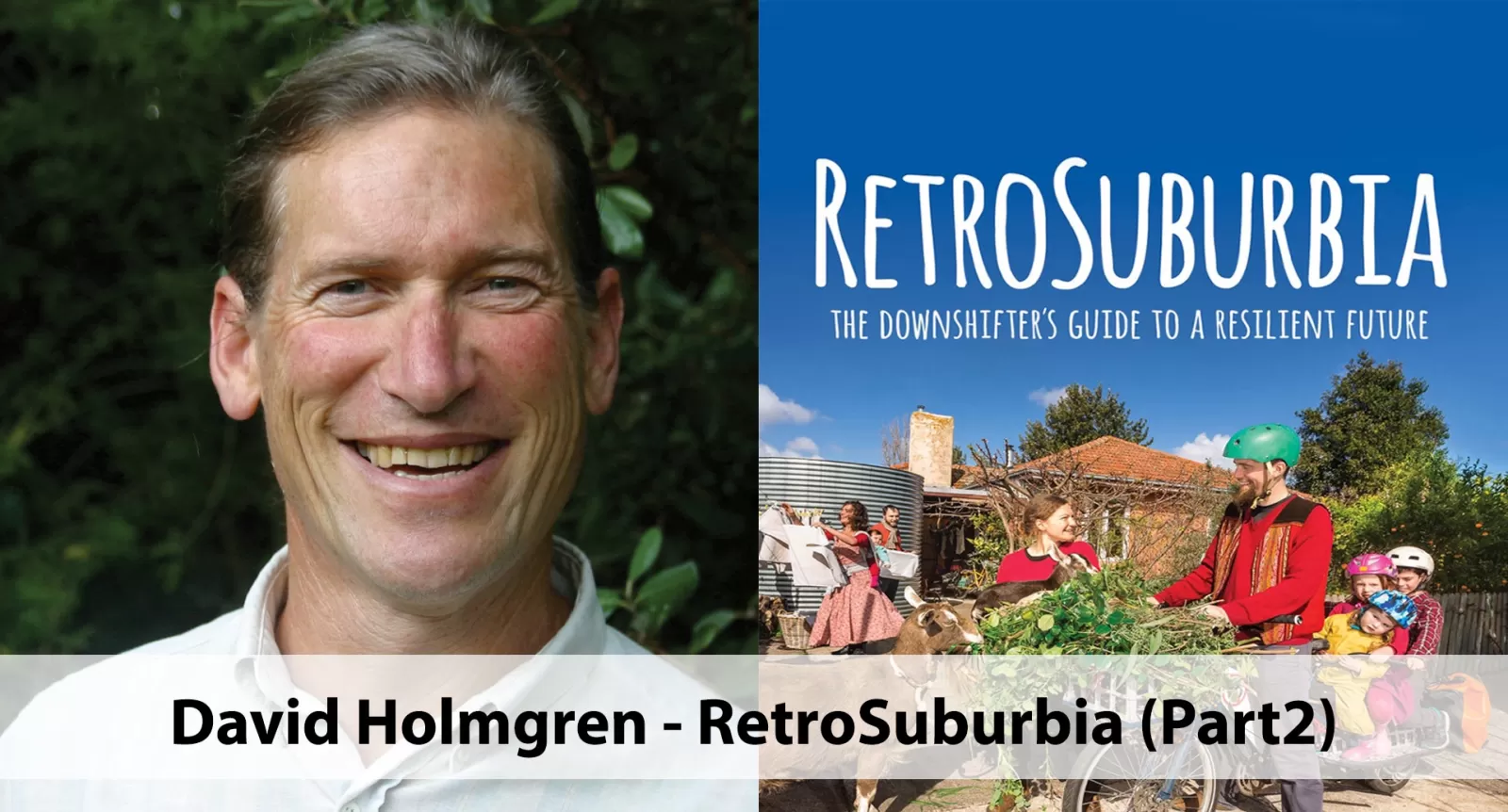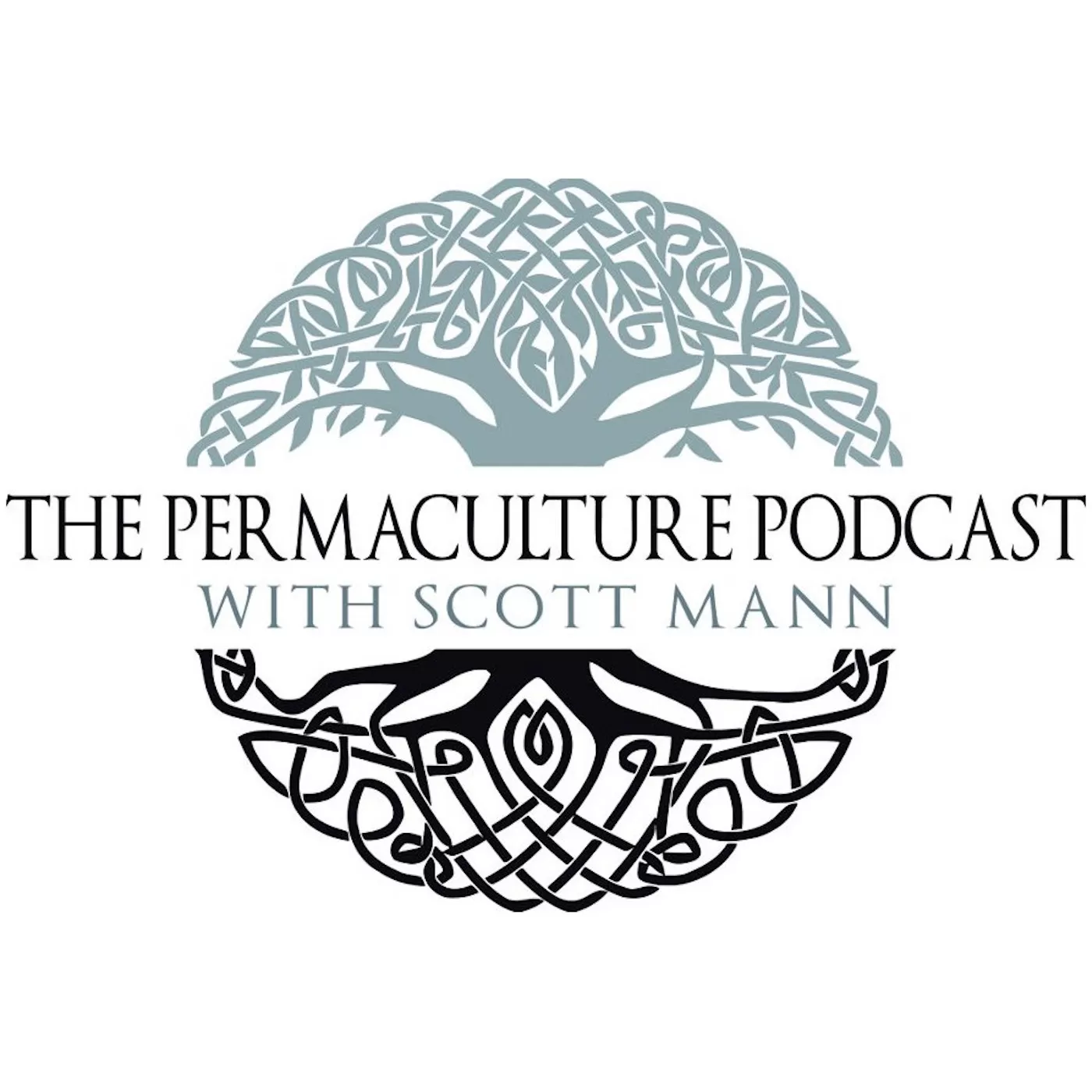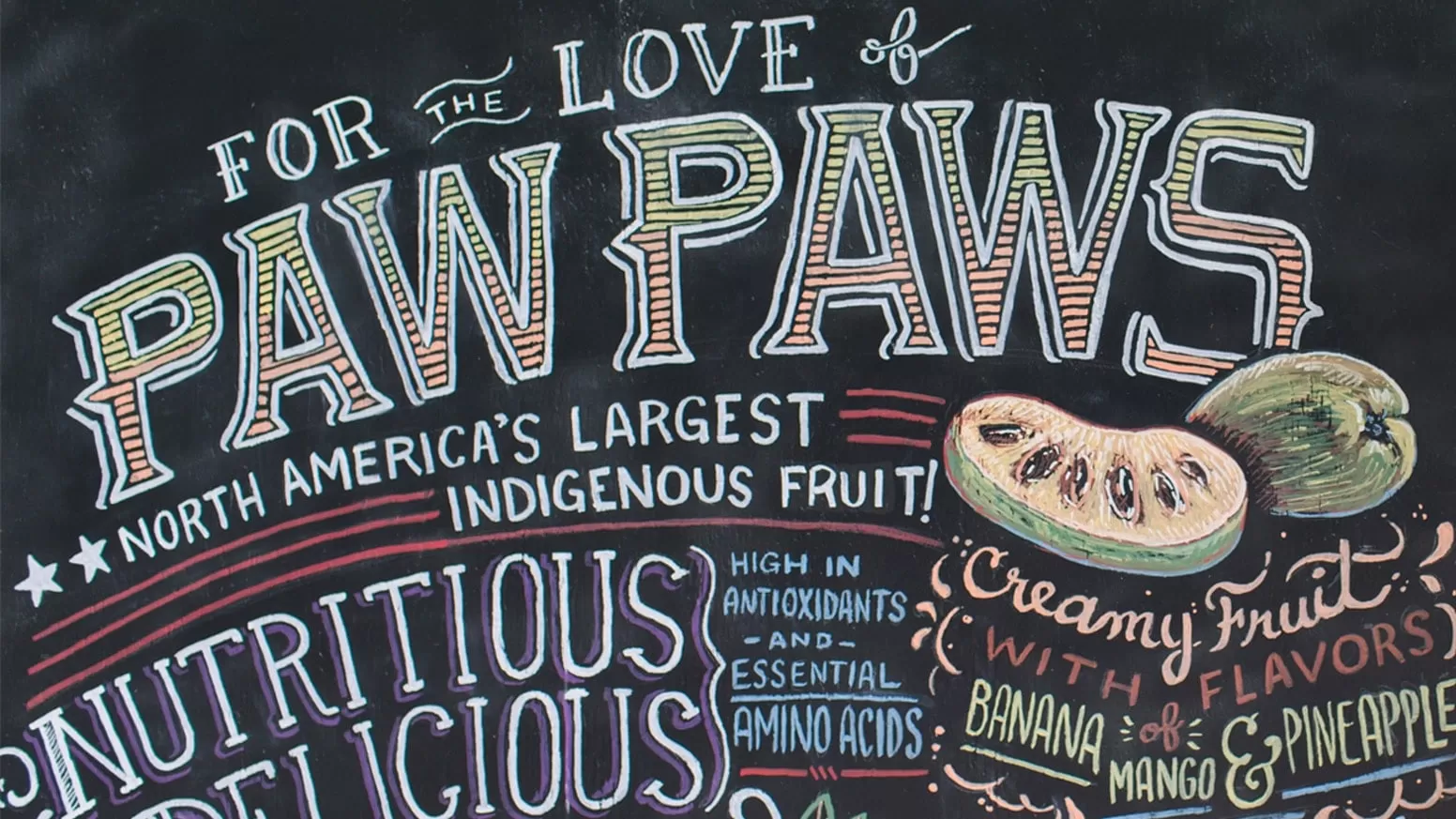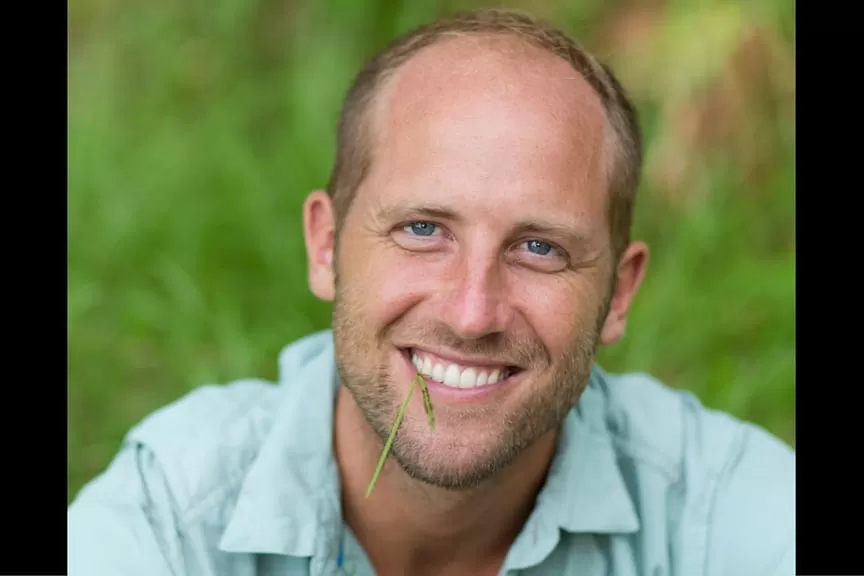Interview: David Holmgren - RetroSuburbia (Part 2)

This episode looks at what brought David Holmgren to the present moment and writing RetroSuburbia. From David Bilbrey’s questions, David Holmgren shares the past and ongoing influences that guided the development of permaculture from those first days in the 1970s through to how this work continues to grow to the current day.
You can find him, his work, and his books at holmgren.com.au and RetroSuburbia at Retrosuburbia.com. There you can also buy the book to have shipped wherever you live in the world.
Visit Our Partner: Harvesting Rainwater for Drylands and Beyond
I find that self-reflection, assessment, and awareness can lead to new insights and breakthroughs. These allow us to take our practices further. At the end of the last episode, I started this process by asking you to consider a series of questions about the context of your current on-the-ground situation. From that space of the structures that surround us, let’s take this consideration a bit more personal. Given the questions David Holmgren answered today, how could you use the influences of your past, and what you’ve learned about permaculture, to create and integrate new solutions into your life? What kind of novel personal social-system can you create? What kind of synergies exists between what you already know and where you want to take your practice? Who inspires you that you could seek out to learn more? What related fields are pushing the edge of current knowledge that you could draw ideas of inspiration? How can you, with time, radically transform your use of permaculture into a more personal, embodied, everyday practice? If there’s any way I can connect you with what you need to take your practice further—by interviewing someone in an upcoming episode, connecting you with a particular resource, or anything else that comes to mind—feel free to contact me. Together we can see where the conversation leads. From here, the next episode is a guest post from Michael Commons, read by me. After that is an episode looking at the current state of the podcast and where, after nine years, I’d like to take things from here and how I’d like you to join me on that journey. Until then, spend each day retrofitting suburbia, while taking care of Earth, yourself, and each other.
Fall Fundraiser If you enjoy this show, you can help it to grow and continue to explore the edges of ecological design and what it means to practice permaculture in the landscape, our lives, and our communities by donating today.
Give online: paypal.me/permaculturepodcast
Become an ongoing supporter: Patreon.com/permaculturepodcast
Or send something in the mail: The Permaculture Podcast The Permaculture Podcast
Resources
Holmgren Design RetroSuburbia Aussie Street (YouTube)
Jeremy Lent : The Patterning Instinct
Making Permaculture Stronger Novel Ecosystems
Imaging a World Without Growth
Michel Bauwens : Peer 2 Peer Foundation Patrick Jones - Permapoesis
The Commons with David Bollier (Permaculture Podcast Interview)










